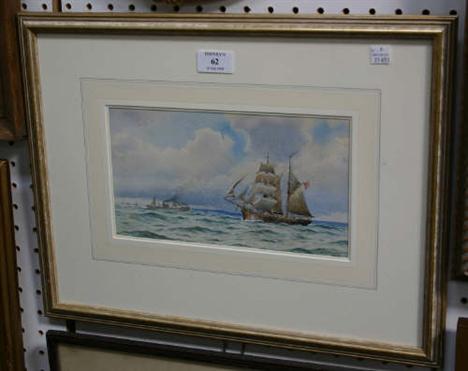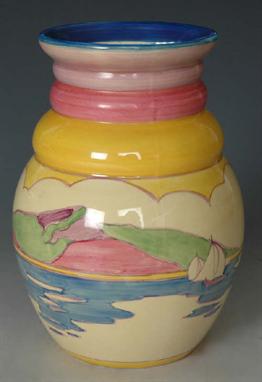We found 9817 price guide item(s) matching your search
There are 9817 lots that match your search criteria. Subscribe now to get instant access to the full price guide service.
Click here to subscribe- List
- Grid
A Japanese Komai ware dish, Meiji period. with scalloped edge and six landscape and seascape panels to the border, with a central scene of a figure praying to a god in a mountainous landscape, signed, 18cm diameter; a similar card case with opposed panels of pagodas in a landscape and flowers with a bird, with foliate decorated borders; a small cigarette case decorated to both sides with pagodas; and a vesta case, similarly decorated (4)
20th Century English School - Oil painting - Half length portrait of a gypsy woman wearing a pearl necklace, canvas 30ins x 20ins, unsigned, an oil painting of a seated ballerina, on paper, 24ins x 20ins, apparently unsigned, one other oil painting of a seascape, canvas 12ins x 16ins, signed “D. Stevens”, and Zanella - Three artists proof coloured prints - Harvesting scenes, each 15.5ins x 12.5ins, all signed and numbered
A detailed and well presented mid-19th century sailor's model of an American fully-rigged trading ship the hull planked and pinned in ebony and teak with carved American eagle transom, planked decks with fittings, superstructure and some carved crew including helmsman, masts with yards and stun's'l booms with suit of tin sails painted white with reefing points, loosely mounted within raised painted seascape. The model -- 17½ x 27in. (44.5 x 69cm.); the base - 2 x 32 x 13in. (5 x 81.5 x 33cm.) Literature: MacGregor, D: Merchant Sailing Ships 1850-75, Conway 1984, p.172 fig 1. where a similar vessel is viewed.
A well presented 1:20 scale waterline model of H.M.S. Erebus as abandoned in the Arctic during Sir John Franklin's ill-fated expedition to discover the Northwest Passage of 1845-47 modelled by R.A. Wilson with carved hull, masts and rigging encrusted with snow and ice, set within a frozen seascape with ice flows rising against the hull, mounted within a glazed wooden case with plaques 6¾ x 15 x 7in. (17 x 38 x 18cm.) Carry case; historical notes. Although 65 when he agreed to lead this expedition, Sir John Franklin (1786-1847), a veteran of Trafalgar, was considered the ideal choice having lead previous expeditions by land and sea. Erebus, in company with the nearly identical Terror, was provisioned for three years, including 8,000 tins of meat. Beleaguered by ice in the Victoria Strait in 1846, Franklin died on June 11 1847. The 105 survivors attempted to walk to safety but succumbed to starvation, scurvy and lead poisoning from the tinned food. Subsequent expeditions proved that Franklin had in fact discovered the Northwest Passage, and evidence of the incredible hardships suffered by the crew was confirmed.
An 18th Century Oak 'Rocking Ship' Longcase Clock with eight day movement. The 12 inch (30 cm) painted dial incorporating a calendar aperture and subsidiary seconds dial to the centre with sprays of flowers adorning the corners. The arch painted with a castle seascape housing the painted rocking ship aperture. The hood with swan neck split pediment centred by a brass urn finial above the arched door flanked by reeded columns. The case having a shaped trunk door; inlaid with a marquetry star burst and flanked by fluted quadrant columns. 88 ins (224 cms) high, 18 ins (46 cms) wide, 10½ ins (27 cms) deep. The movement overhauled and in working order.
Appliqué Palermo - A large Clarice Cliff octagonal plate circa 1931 hand painted with a stylised land and seascape within red, black and yellow banding, hand painted “Appliqué“ with Bizarre mark, width 21.5 cms. Condition - No chips, cracks or restoration, minor surface scratch. Provenance - Former Barry Jones collection.
Gibraltar - A Clarice Cliff 383 M/S conical footed bowl circa 1932 hand painted to the interior with a stylised seascape with four sailing boats, the exterior banded in yellow, pink and blue above decorated feet with further sailing boats and landscape detail, Bizarre mark, width 19 cms. Condition – No chips, cracks or restoration.


















































